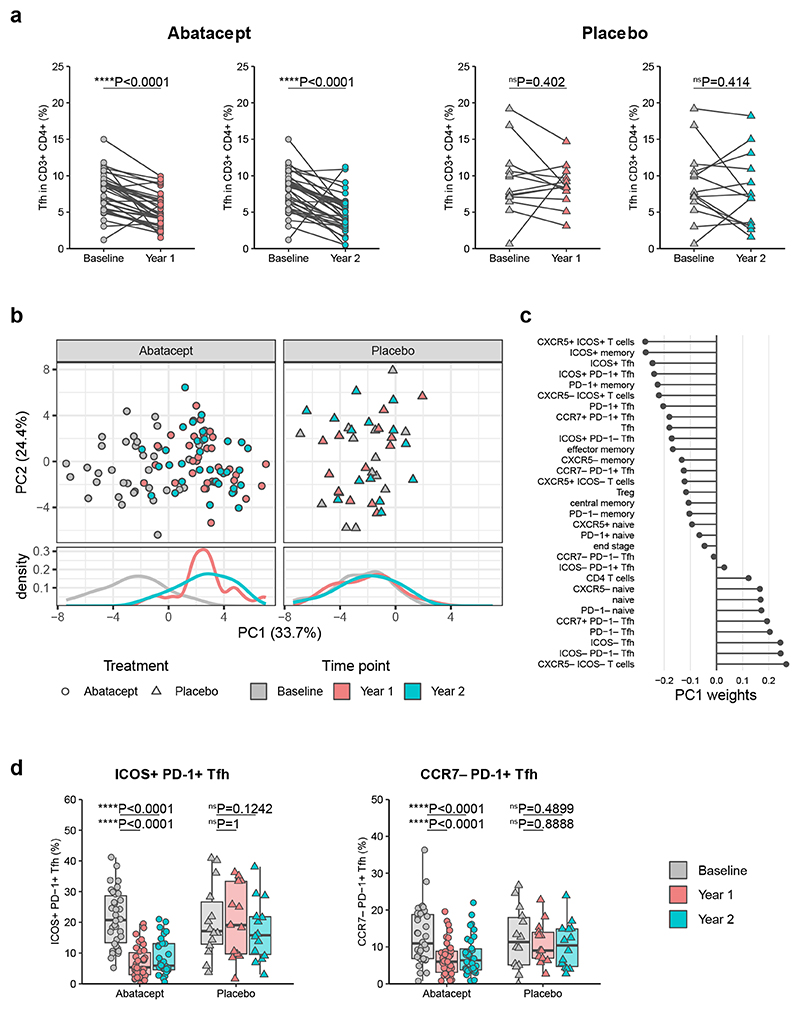Figure 3. Abatacept decreases Tfh in patients with new onset type 1 diabetes.
Frozen PBMC samples from patients with recent onset T1D that received Abatacept or placebo were thawed and stained for flow cytometry analysis. Samples were taken at baseline, one year and two years after treatment initiation. (a) Collated data for Tfh (CD45RA−CXCR5+) frequencies in CD3+CD4+ cells from recipients of Abatacept (left) or placebo (right). (b) Principal component analysis on population frequencies obtained from flow cytometry analysis. Analysis was performed on all samples simultaneously and split into treatment groups for visualisation purposes. (c) Contributions of individual populations to PC1. (d) Collated data for ICOS+PD-1+ and CCR7−PD-1+ frequencies in CD4+CD45RA−CXCR5+ cells. Shown are boxplots with black horizontal line denoting median value, while box represents interquartile ranges (IQR, Q1-Q3 percentile) and whiskers show minimum (Q1– 1.5 * IQR) and maximum (Q3 + 1.5 * IQR) values. Abatacept, n = 34 patients; Placebo, n = 13 patients (Year 1) or 14 patients (Baseline and Year 2). Two-tailed Wilcoxon signed-rank test; ****, p < 0.0001; ns, not significant.

